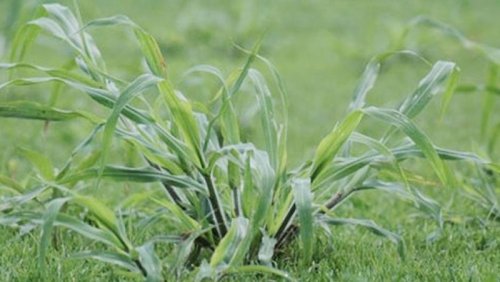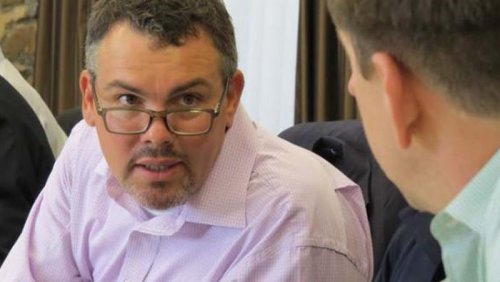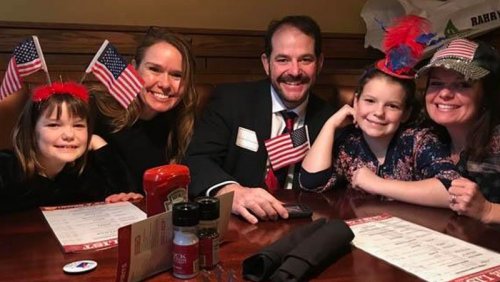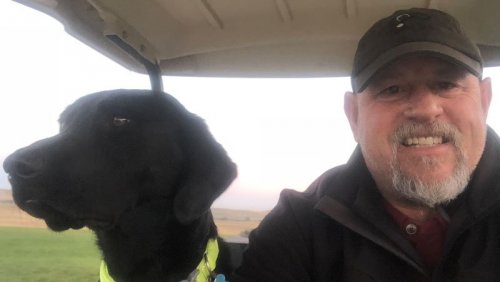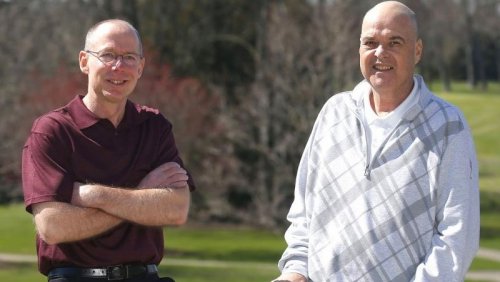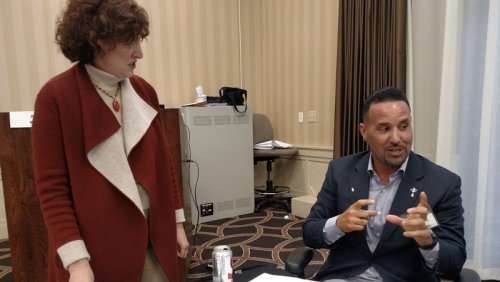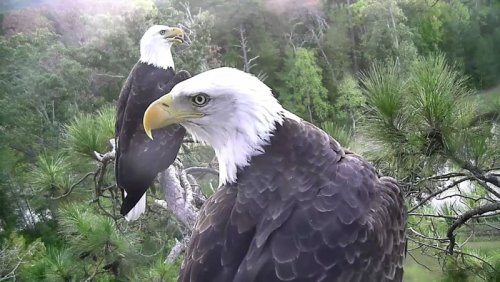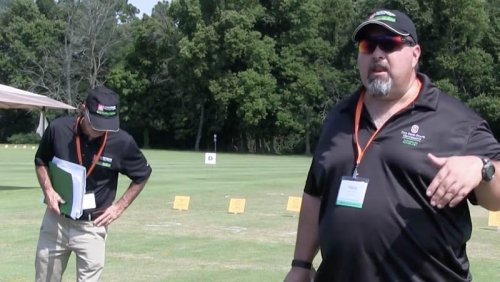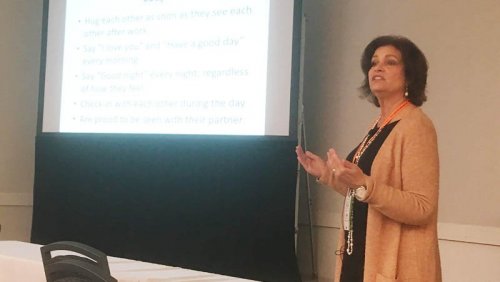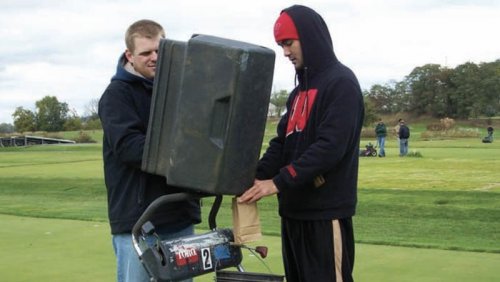
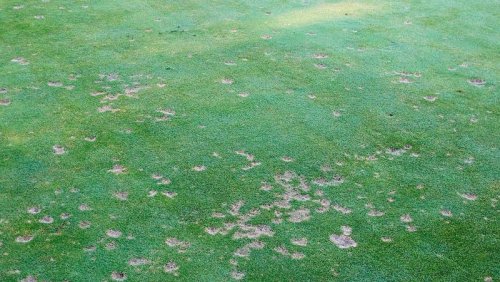
If that's the case, four prominent turfgrass researchers have posthumously been afforded quite a distinction as each, in an effort to redefine the dollar spot-causing pathogen, has been singled out for his work either in disease management in turfgrass or developing disease-resistant cultivars.
Dollar spot in turfgrass was identified in 1937 as being caused by the pathogen Sclerotinia homeocarpa. Ever since, it seems scientists have been trying to learn even more about the disease and what causes it. Research conducted recently by a host of scientists at Rutgers, North Carolina State, Ohio State and the U.S. Department of Agriculture has identified a new genus and four species - not just one - that cause dollar spot in turfgrass.
"To a large extent, this is not a big change for the average turf manager," said Bruce Clarke, Ph.D., of Rutgers University. "It is critically important to understand that there is more than one pathogen out there, but it boils down to this - one attacks cool-season grasses and one is the major pathogen on warm-season grasses in North America. The other two occur primarily in the U.K., so for the average turf manager, you're still dealing with one pathogen. It just happens to be there are four pathogens worldwide that can cause symptoms that everybody associated with dollar spot, but you're just dealing with one species."
The new genus, Clarireedia, is a combination of the latin "Clarus", meaning famous, and "reedia" for C. Reed Funk, Ph.D., the legendary Rutgers turf breeder who dedicated much of his career to developing disease-resistant turf cultivars.
Among the four species identified, two occur primarily in North America and two in Europe, according to the research.
C. jacksonii is named for Noel Jackson, Ph.D., the former University of Rhode Island turf pathologist and diagnostician, who conducted some of the early research on dollar spot and how to manage it over a career that spanned 40 years. It also is the species that scientists say occurs commonly in cool-season turf in the U.S.
C. monteithiana, the pathogen that causes dollar spot in warm-season turf in the U.S., is named for former USDA scientist John Monteith who first described dollar spot in turf in 1928. The other two pathogen species, C. bennettii, named for British scientist F.T. Bennett who conducted early work on dollar spot, and C. homeocarpa are found primarily in the United Kingdom.
The most recent study, which was conducted from 2012-2017 and the results published in the August 2018 edition of Fungal Biology, hardly marks the end of the road for scientific research on dollar spot. On the contrary, Clarke says scientists still do not know as much as they would like about dollar spot and why so many turf managers in the field have observed inconsistencies about how and when the disease manifests.
"It is possible that there are different species that can be associated with these observations," Clarke said. "For the most part, I think it's still the same species, but it's just different strains that occur more prevalently let's say in the fall than in the summer, or in the fall than in the spring.
"At this point in time, we don't have a quick-and-dirty method for separating out these species. We're working on that with different molecular techniques."
A research team led by Paul Koch, Ph.D. of the University of Wisconsin is awaiting USDA approval for a multi-state research project on dollar spot. Once approved, that project should begin later this year, Clarke said.
"Part of that is to develop a rapid method to separate out which species you are dealing with," Clarke said.
"In essence, in most instances it is going to boil down to those two pathogens (C. jacksonii and C. monthethiana). Now, in certain parts of the country where you have warm- and cool-season grasses together, you might have some back-and-forth movement."
Part of the pending research will be to simplify identifying the four species and how each is affected by chemical and agronomic programs.
"We need to start looking at fungicide screening in the laboratory with various chemical groups to see if there is any difference in terms of fungicide susceptibility among the various species. So, there is a lot of work that needs to be done now to see how fungicides affect the different species and how management practices might affect the different species," Clarke said. "But before we can start doing that on a large scale, especially in research, we need to have the ability to speciate these much more easily than we do right now.
"We have learned there is a tremendous amount of diversity within this pathogen and that it's not just one species, there are four species. What we don't know now, we haven't by any means exhausted identifying where isolates fall into these categories. When I say c. jacksonii seems like it's primarily in cool-season grasses, that's what it seems like based on this research, but it's possible that it's not that simple.
"This has opened up a lot of opportunity for research, but it's going to take a while before we can start sorting this out and start saying with any degree of certainty 'If you have species A, B, C or D, this is the type of BMP program that you want to be following. That's a ways off."
- Read more...
- 2,420 views

